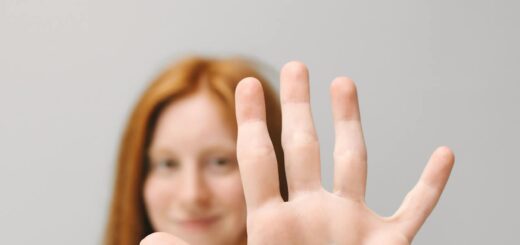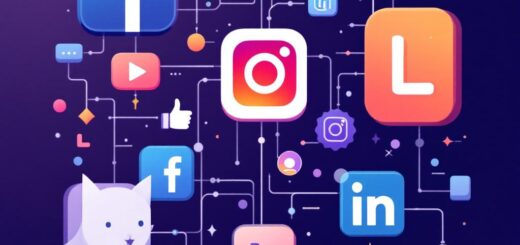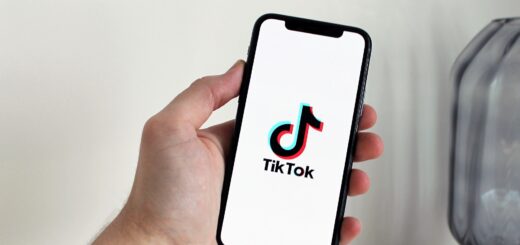17 Sneaky Psychology Tactics for Increasing Sales
People love to think they make their purchases based on logic, but in reality it’s all about their cognitive biases subconsciously making their decisions for them. Remember that over 95% of purchasing decisions are emotional, not rational.
Marketing is about influencing the prospect in one direction or another, using behavioral science to make sales.
I know the above might sound a little bit jaded, but it’s our reality. Humans simply are not as rational as we think we are, and if you’re going to influence people to purchase your product, then you’ll find it becomes much easier when you use their built-in emotional biases to make it happen.
As they say, people buy with emotion and justify their purchase with logic. When there is no emotion, there is no sale to justify.
1: First and Last Effect – People remember things that come first and last more clearly. Use this to your advantage in sales copy with an awesome benefit headline and by restating the benefit and lack of risk in the P.S.
2: Buy Now Pay Later – This effect of not immediately paying increases an average order value by up to 50%, decreases cart abandonment by 28%, boosts repeat purchases by 23% and reduces refunds by 17%.
3: Labor in Public – People will value your products and services more when they see how much work goes into them. Continuously update your customers with the new features and upgrades to your products or the steps involved in providing services to make your offerings more valuable.
I remember a beer company that used their advertising to demonstrate all the steps involved in making their beer. Their process was no different than any other beer company, but because they showed everything that went into it, sales skyrocketed.
4: Mistake Effect – If your well-received brand admits to a flaw or mistake, it will be perceived as more authentic and thus more likable.
5: Endowment Perception – Users value something more if they feel like it already belongs to them. Offer a freemium version of your product that gives users a good experience but holds back enough to make them want to upgrade.
6: Default Effect – People tend to accept what they are initially given. If you offer services, the traditional method is to offer the basic service and then ask if they want to add more services on top of that. Instead, include everything in one package and then ask if they want to exclude some of them from the bill.
This could double your sales because your customers have already bought into the idea of getting the whole package and don’t want to give up what they’ve already seen as their own.
7: New Beginnings – This is the fresh start effect, best illustrated by the New Year, New You paradigm. People want a fresh start and if you can show them how your product provides that fresh start, you’ll make sales.
8: Foot in the Door – Get them to first agree to a small request before asking them to agree to a big request.
Ask for their email address before trying to sell something to them. Sell them the $3 ebook before offering the $97 ecourse. Ask them to participate in one free coaching session before agreeing to sign up for 3 months of coaching.
9: Frame It Low – People make a decision based on how the options are presented. Test making an offer at full price, such as $365 a year, versus how much it is per day – $1 a day – and you’ll find the $1 a day converts higher. Sometimes MUCH higher.
10: Risk Compensation Effect – People are more careful if they feel there is greater risk and less careful if they feel they’re protected from loss.
Offer a clear and generous refund policy. You might even use the word, “Guaranteed” in the headline, such as, “Lose 10 pounds in 10 days, Guaranteed.”
11: Decoy Effect – People change their preference between two options when presented with a third option that is asymmetrically dominated.
If you offer just one option, then the customer has two choices: Buy or don’t buy.
If you offer two options, then the customer has three choices: Buy option 1, buy option 2 or don’t buy. Option 2 is more expensive than option 1, and so many people will choose option 1 rather than option 2.
- Ebook – $27
- Ebook and Video Course – $67
But when you add a third pricing option that is much more expensive than the second option, now the second option looks like a bargain.
For example:
- Ebook – $27
- Ebook and Video Course – $67
- Ebook, Video Course and Coaching Calls – $297
In this case you will likely sell the heck out of the second option.
12: Goal Gradient Effect – People are more motivated as they get closer to the goal. Let’s say you sell bags of dog food and the 12th bag is free. When the customer purchases the first bag, give them credit for having purchased two bags. This gives them a boost to return again and buy more.
If you offer a points reward system on your site, start each new customer off with some free points when they make their first purchase or even when they sign up prior to purchasing.
13: Life Event Theory – People are more likely to change habits or do something new during a major life event. People are 3 times more likely to switch brands during a major life event. Target people who are getting married, moving, graduating and so forth.
14: Place of Origin Effect – People’s perceptions are influenced by a product’s place of origin. Watches from Switzerland, olive oil from Italy and wine from France are good examples.
Did you know that Philadelphia cream cheese is NOT from Philadelphia? Consider this when naming your next product.
15: Stepping Stones – Every step in a journey needs to be attainable. If you’re creating a course, make sure that each module of the course is easily achievable on its own. If one of the modules is too big or too difficult, break it down into smaller, easier sections.
The first stepping stone is the most important. Give them a fast win with that first module to prevent refunds.
If you sell coaching services, make sure your new clients get some fast, easy wins and they’ll stick with you longer.
16: Discount Burnout – If you offer major discounts all the time, then people will learn to ignore them because you’re creating a low perceived value for your product. Be careful with discounts. Offering them once or twice a year can result in more sales than offering them every month.
17: Be Funny – People remember and respond to information better when there is humor involved. Even something as simple as using funny GIFs in your copy can increase conversions by 25%.






















